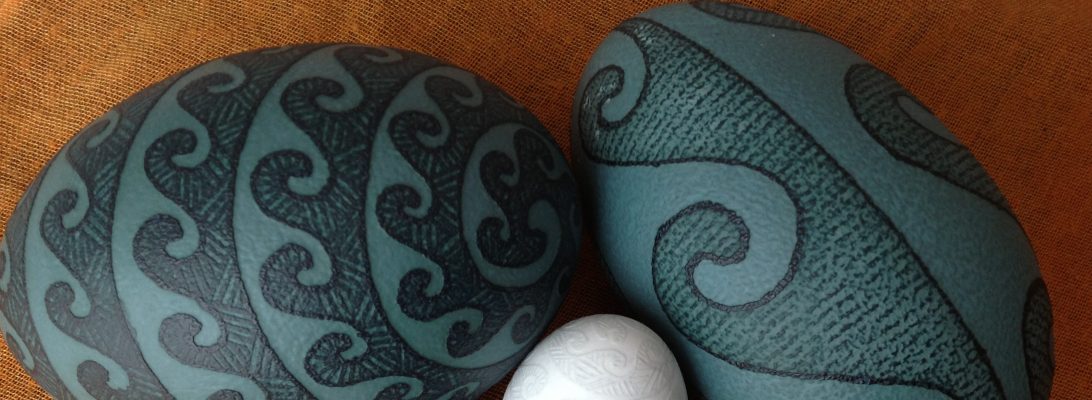
I have tried logwood essence in the past and was not overly happy with it – it only gave black, was prone to “caking” (I think that’s what it can be called, when the dye accumulates on the surface of the egg but comes off easily whith the wax), sort of found a solution – placing the back egg into another dye (I think I used red Sappan wood), to seal the black of logwood more to the surface of the egg, and didn’t make it again even though I do still have some of the essence powder.
Then, me being the restless experimenter, I saw the logwood chips being sold in one of the online shops, and could not resist buying them and trying them out.
According to Cardon, logwood (Lat. Haematoxylum campechianum) was the Mayan black dye, the word for logwood tree and for the color black are the same in Mayan language. It was brought to Europe along with the other South- and Central American dyes, and at the beginning caused some confusion – the lilacs, blues and purples achieved with logwood were extremely desirable but not lightfast, so at some point there was even an attempt to outlaw the logwood dye. When the Europeans finally got over their fashion desires and started using logwood for the black, the ration of quality per price of it ended up being much better than other sources of black, including the later non-natural version. It kept being used long after the invention of the chemical dyes, the last shipment of logwood logs came to England around the beginning of the second world war, and the last of that was milled sometime in the 1960-s. Logwood essence was already in use for a while and was more economical to bring over. It is still used now in medical pathology, haematoxylin which is made from logwood is a common stain used in histology.
So, here are some of my first logwood chip result. I have soaked them in boiling water with some calcium, and the first batch of dye was this soaked water, the second one was the same chips simmered in new water again, giving a very similar if not the same result. The dye I got was a bit brown-looking, and was giving a sort of cream to meauve to purplish brown. With strong yellow it produced the mustardy-green, and with alum – dark almost black purple. Some of the instructions said, if it looks brown, then the acidity of it can be reduced to result in a more bluish color, so I did add some baking soda since I did not have the suggested ammonia, and indeed the changed the outcome towards greyish-blue with alum and black with iron. Similar results on turkey eggs.
I’ll try to get some ammonia and play more with it.









